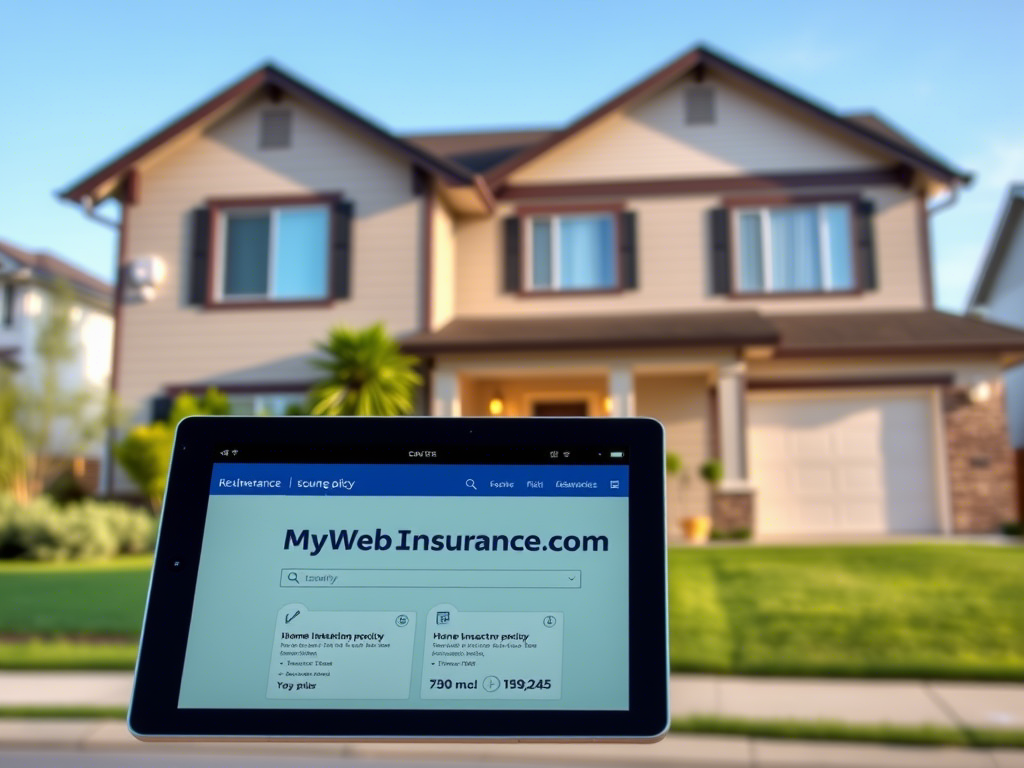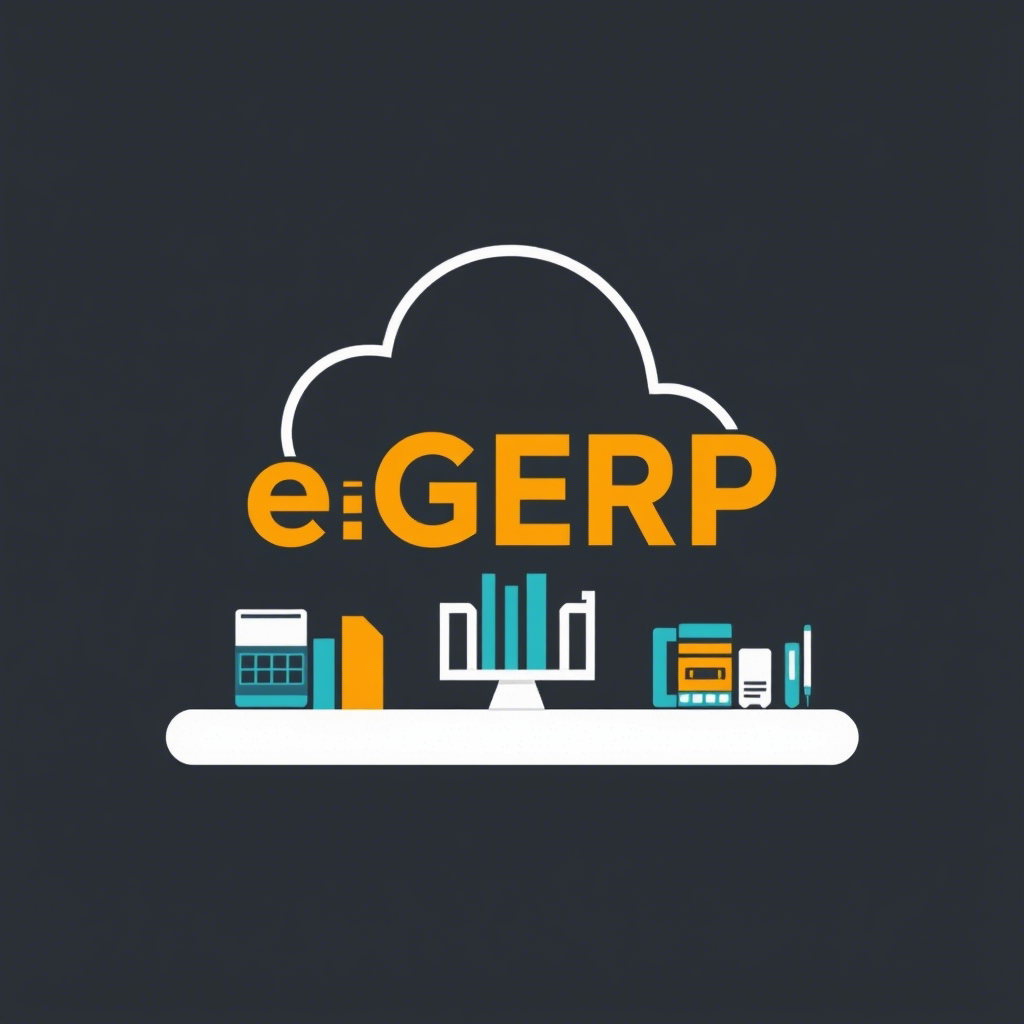
Gone are the days of time-consuming manual procurement processes and prone to errors. Today, organizations are leveraging the power of procurement process automation to streamline their procurement operations and stay ahead of the competition. This guide dives into what automation of procurement processes means and how it can help your brand.
What Is Procurement Process Automation?
Procurement process automation is a game-changer in the field of procurement, streamlining and automating the many steps involved in acquiring goods and services. The aim is to improve efficiency, reduce manual labor, and save time and money.
The traditional procurement process, with its requisition creation, supplier selection, purchase order creation, receiving and accepting goods, invoice processing, and payment, can now be fully automated thanks to procurement process automation. This factor provides a streamlined and seamless procurement experience.
At the heart of procurement process automation is procurement software, which integrates with enterprise resource planning (ERP) systems to offer a comprehensive and integrated procurement solution. This workflow software includes features such as supplier management, contract management, spend analysis, e-sourcing, and e-procurement.
Procurement process automation also offers a more transparent view of procurement operations, better supplier management, and greater control over spending. In addition, by tracking metrics such as time savings, cost savings, and increased efficiency, organizations can assess their procurement process performance and make continuous improvements.
Top Reasons To Automate The Procurement Process
Here is why it is essential to automate the procurement process:
-
Flexible Financing
With cloud-based procurement software, organizations of all sizes can benefit from flexible pay-as-you-use subscription options, eliminating the need for upfront installation costs and reducing maintenance expenses.
-
Scalable Performance
The ability to accommodate business requirement changes through automated workflows and efficiently handle online traffic spikes makes cloud procurement software highly scalable.
-
Convenient Accessibility
Cloud procurement software offers anytime, anywhere access to business data, allowing users to view and approve purchase requests and orders with ease and security. Lost data can also be easily retrieved in the cloud.
-
Enhanced Visibility
Cloud procurement systems provide deeper, real-time visibility into the state of the process. A bird’s eye perspective of the state of the buying process is offered through intuitive dashboards. As a result, business executives can make wise judgments because they have 360-degree insight into processes.
An organization’s procurement processes can be streamlined and optimized using a cloud buy order system. The procurement lifecycle starts when one of the business’s departments requires products or services. The primary goal of the procurement system is to meet the need as cheaply and effectively as possible. Therefore, the sooner firms implement cloud-based procurement solutions, the sooner they will see financial and operational benefits.
-
Seamless Integration
With cloud-based solutions, businesses can easily integrate their procurement process with existing procure-to-pay tools through API integration, resulting in a seamless end-to-end solution.
-
User-Friendly Interface
The cloud software is designed with a user-friendly interface, making it easy for users to understand and operate, reducing the training time and speeding up time-to-market.
4 Procurement Processes Every Business Should Automate:
-
Purchase Order Generation
Automating the purchase order process saves time and reduces the risk of errors. An automated system for purchase order workflows can handle everything from generating purchase orders to tracking vendor invoices and receipts. This can also help in generating detailed reports on procurement activities and spending.
-
Supplier Management
Automating the supplier management process makes tracking supplier performance and compliance easier, managing contracts, and monitoring supplier-related risks. An automated system can also help you identify potential new suppliers and compare prices and delivery times from multiple suppliers.
-
Spend Management
Automating spend management helps organizations optimize their procurement process by providing insights into where and how they spend money. An automated spend management system can track expenditures, identify areas for cost savings, and generate reports on spending trends and patterns.
-
Requisition and Approval Workflow
Automating the requisition and approval workflow streamlines the procurement process by reducing the time and effort involved in processing requisitions and approvals. An automated system can manage the entire process from requisition creation to purchase order generation, including approvals from relevant stakeholders, reducing the risk of errors and improving the efficiency of the procurement process.
Conclusion:
Procurement process automation is a transformative solution for organizations looking to streamline their procurement operations, increase efficiency, and save time and money. Organizations can expect improved supplier performance, increased control over spending, and a reduction in manual labor by automating workflows related to key procurement processes such as purchase order generation, supplier management, spend management, and requisition and approvals.



















